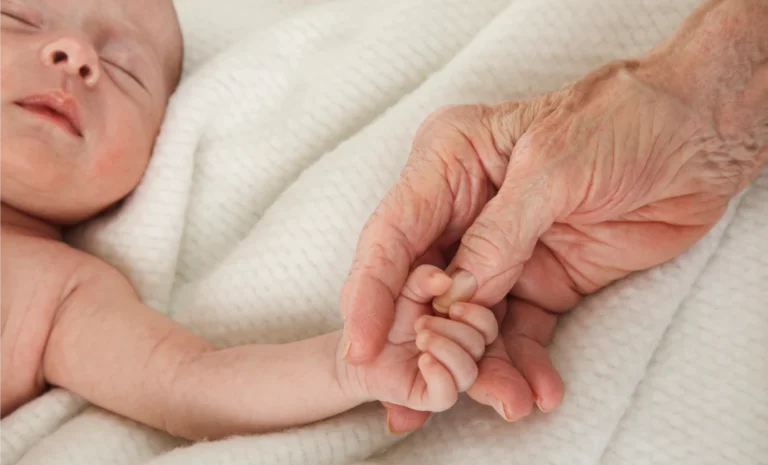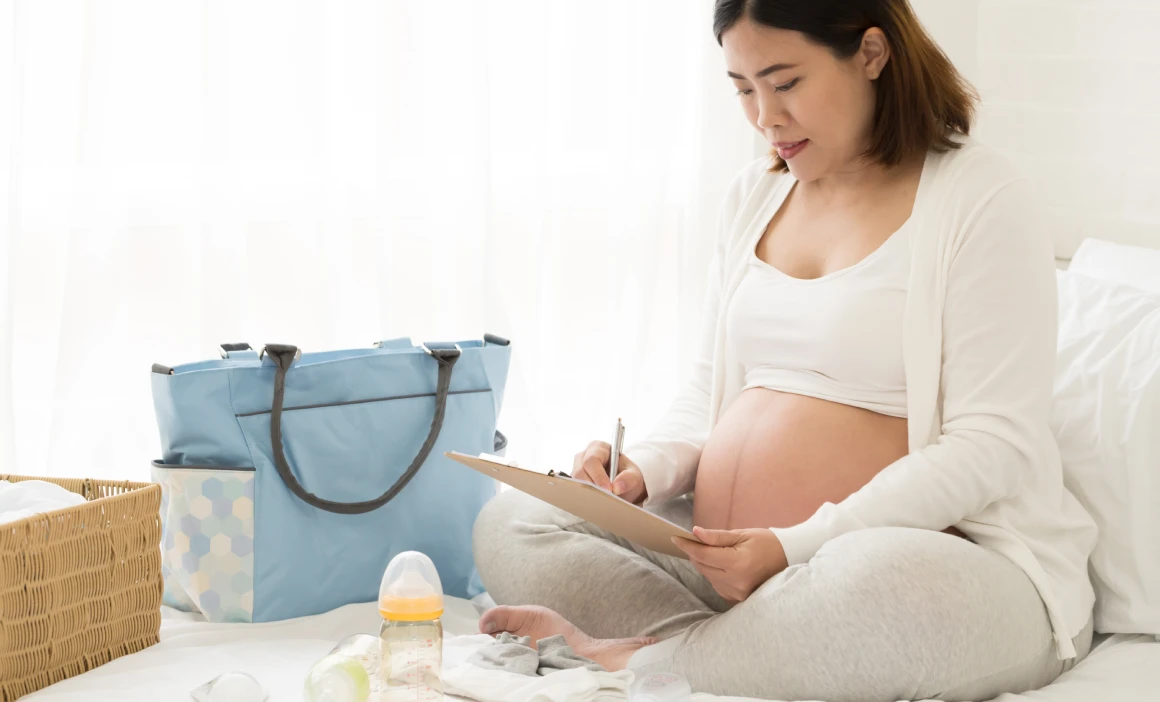
First Aid Skills Every Parent Should Know: Step-by-Step Baby & Toddler Safety Guide

Cradle of Nutrition
- 4 minutes read
Accidents can happen anytime, anywhere — especially with curious babies and active toddlers.
As a parent, knowing basic first aid skills could make the difference between a scary moment and a safe outcome.
In this guide, you’ll learn the essential first aid skills every parent should know, from infant CPR to treating burns and choking emergencies — explained clearly, step-by-step.
Why Every Parent Needs First Aid Training
Children move fast, explore everything, and often don’t understand danger.
Minor injuries are part of growing up, but serious accidents can happen too.
Knowing basic first aid helps you:
- Stay calm in emergencies
- Act quickly and correctly
- Protect your child’s health until professional help arrives
Want to go a step further? Take an in-person infant and child CPR class — it’s one of the best investments you can make as a parent.
Essential First Aid Skills Every Parent Should Know
1. Infant and Child CPR
CPR (Cardiopulmonary Resuscitation) is a critical skill if a baby or child stops breathing or their heart stops beating.
Baby CPR (under 1 year old):
- Check for response: Tap their foot and shout their name.
- Call for help: Call 911 (or 112 in Europe) immediately.
- Begin CPR:
- Place two fingers in the center of the baby’s chest (just below the nipple line).
- Give 30 quick chest compressions (about 1.5 inches deep).
- Tilt the baby’s head slightly back and give 2 gentle rescue breaths, covering the baby’s nose and mouth with your mouth.
- Repeat 30 compressions + 2 breaths until help arrives.
For more information on how to properly perform CPR, read the full article here.
💡 Tip: Learn proper CPR by attending a certified infant and child CPR course.
2. How to Help a Choking Baby or Child
Choking is a leading cause of injury in babies and toddlers. Quick action can save a life.
For a choking baby (under 1 year):
- Face-down position: Lay the baby face down along your forearm, supporting their head.
- 5 back blows: Firmly strike the baby between the shoulder blades with the heel of your hand.
- Turn baby over: If choking continues, turn the baby face up.
- 5 chest thrusts: Use two fingers to push down on the center of the chest.
Watch the video here to learn proper choking rescue techniques.
For a choking child (over 1 year):
- Perform abdominal thrusts (Heimlich maneuver):
- Stand or kneel behind the child.
- Make a fist and place it above their belly button.
- Give quick, inward and upward thrusts.
3. Treating Cuts, Scrapes, and Bleeding
Minor cuts happen often — knowing how to clean and protect a wound properly helps prevent infections.
Steps to Treat a Minor Cut:
- Wash your hands thoroughly.
- Stop the bleeding by applying gentle pressure with a clean cloth.
- Clean the wound with water. Avoid hydrogen peroxide or alcohol — they can irritate.
- Apply an antiseptic cream (baby-safe) if available.
- Cover with a sterile bandage.
🔎 Watch for signs of infection: redness, swelling, or pus.
4. Managing Burns and Scalds
Babies’ skin is extremely sensitive to heat. Even a small spill from a hot drink can cause serious burns.
First Aid for Minor Burns:
- Cool the burn: Hold the affected area under cool (not cold) running water for at least 10–15 minutes.
- Do not apply butter, toothpaste, or oils.
- Cover loosely with a clean, non-stick bandage.
- Seek medical attention for burns that blister, cover large areas, or are on the face, hands, or genitals.
Learn more about treating burns here.
5. Handling Fevers
Fever is a common reason parents panic — but not every fever is dangerous.
Steps for Fever Management:
- Use a digital thermometer to check temperature.
- Dress the child in light clothing.
- Offer plenty of fluids (breastmilk, formula, or water for older babies).
- Use infant fever medication if advised by your pediatrician.
Seek medical care if:
- Baby under 3 months has a fever over 38°C (100.4°F).
- Fever is over 40°C (104°F).
- Baby has trouble breathing, unusual sleepiness, or persistent vomiting.
6. Dealing with Poisoning
Babies explore by putting everything in their mouths. Know how to react fast if poisoning is suspected.
First Steps:
- Stay calm and remove any remaining substance.
- Call Poison Control immediately.
- Do not induce vomiting unless instructed by a medical professional.
7. Recognizing Signs of Serious Illness or Injury
Trust your instincts.
If your child:
- Is unusually sleepy or non-responsive
- Has trouble breathing
- Has a seizure
- Has a deep wound or severe bleeding
- Shows signs of a broken bone (limb looks bent or twisted)
⚡ Seek emergency medical help immediately.
How to Stay Ready: Build Your First Aid Kit
Having a complete Baby First Aid Kit at home and in your car means you’re ready for minor and major incidents.
Check your supplies every few months and replace expired medications.
Mastering basic first aid skills for parents doesn’t just protect your child — it empowers you.
You’ll feel more confident, calm, and prepared for whatever life throws your way.
Because at the end of the day, a prepared parent is a powerful parent.
by Erika Barabás






